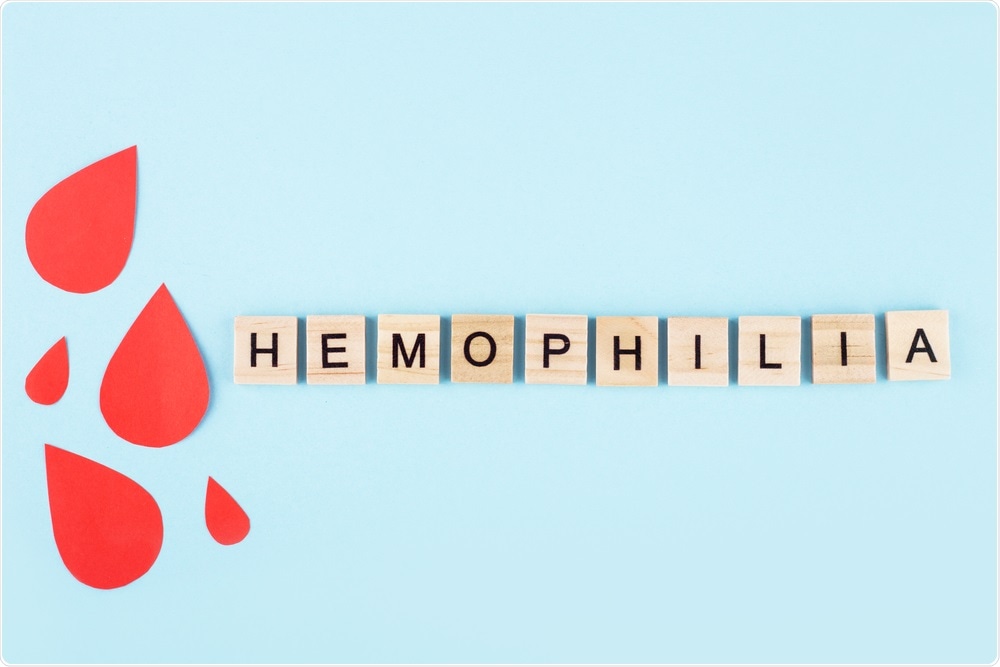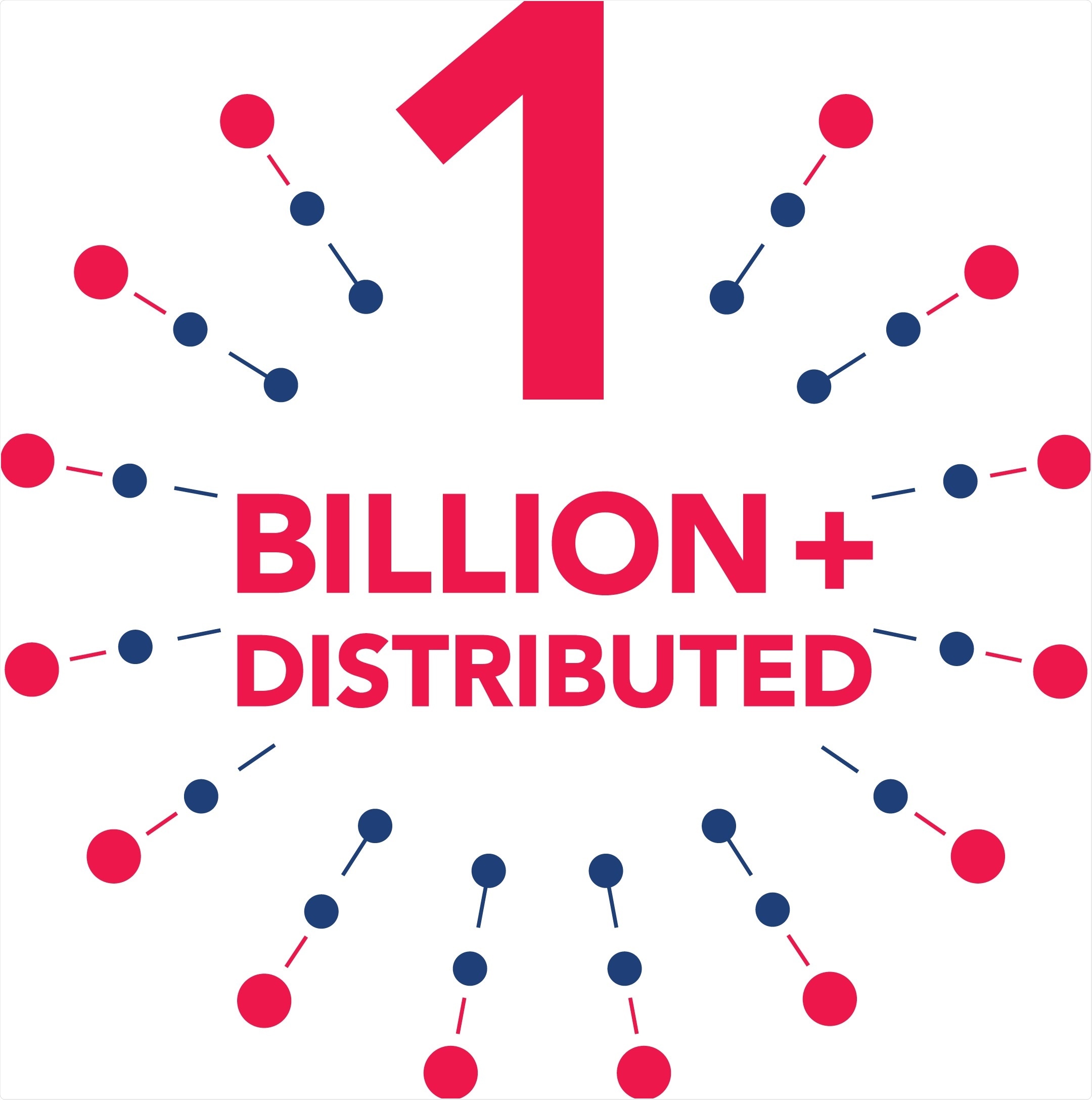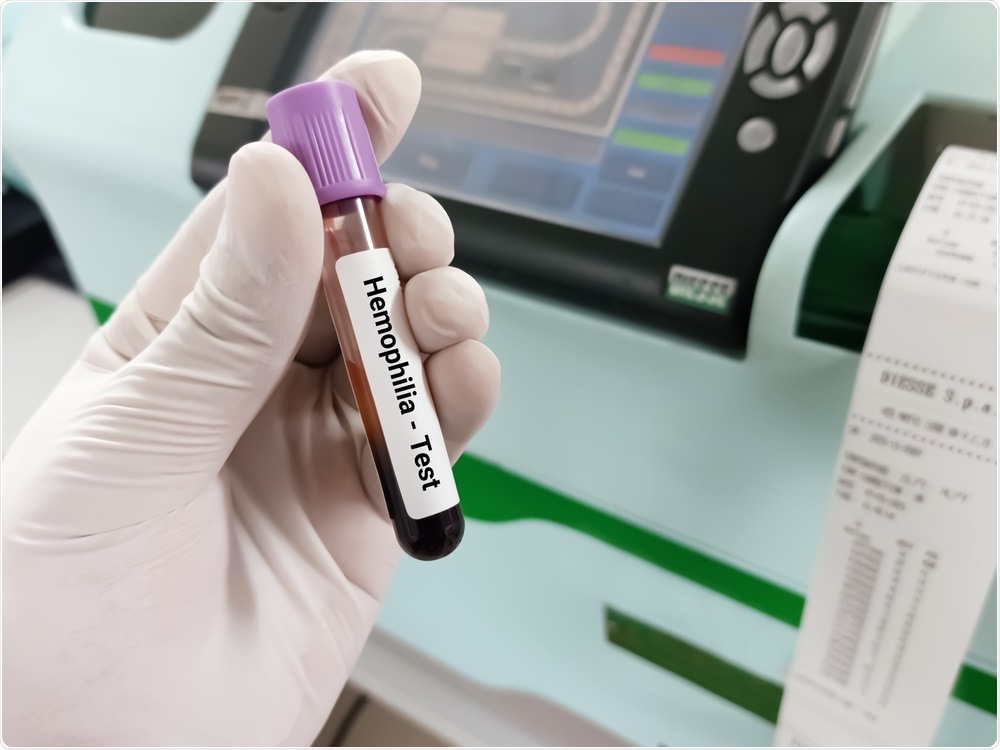My name is Assad Haffar, and I am the Medical and Humanitarian Aid Director at the World Federation of Hemophilia (WFH).
Please can you give an overview into the work carried out by the WFH and what your missions are?
The WFH is a Canada-based, internationally active, WHO-recognized, not-for-profit organization dedicated to improving hemophilia care worldwide for the last 58 years. Our vision of Treatment for All speaks to a future in which all people living with an inherited bleeding disorder will have access to care, regardless of where they live.
The WFH and our global network of national member organizations (NMOs) represent the interests of people with hemophilia and other inherited bleeding disorders in 147 countries. Our NMOs are the backbone of our organization. Through them, we impact the lives of hundreds of thousands of people with bleeding disorders around the world.
Our mission is to improve and sustain care for people with inherited bleeding disorders around the world. We do this by providing our NMOs and healthcare providers with the knowledge and tools they need to identify, support, and treat people living with bleeding disorders in their communities while promoting global advocacy, exchange, and collaboration to achieve our common goals.

Image Credit: Korovina Anastasia/Shutterstock.com
What is hemophilia and what are some of the current treatment options available for this?
Hemophilia is a recessive inherited bleeding disorder. The main cause of the condition is the absence of one of the clotting factors that are essential in blood clotting. The classic conditions are hemophilia A, caused by the absence of clotting factor VIII, and hemophilia B, caused by the absence of clotting factor IX.
The genes of these two inherited disorders are located on the X chromosome and that is why hemophilia A and B mainly affect males and are transmitted from the mothers, who are called carriers, to their male children. This usually accounts for 70% of hemophilia cases.
However, in 30% of cases, the disorder is due to new mutations in the gene and occurs in people without a previous family history. In rare cases, females could inherit the disorder and be affected as a result of the marriage between a carrier mother and a father with hemophilia.
Treatment depends on replacing and giving the missing factor, so treating hemophilia A would be treated by giving factor VIII and hemophilia B would be treated by giving factor IX.
Why is there such a large disparity in access to treatment between developed and developing countries? What more should be done to help reduce this disparity, ensuring that everyone has sustainable and consistent access to treatment?
Hemophilia is considered a rare disorder, with an expected prevalence of 21 cases among 100,000 males. At the same time, hemophilia treatment products are expensive. Because of this, health authorities in most developing countries do not prioritize hemophilia care, and that leads to a large gap in access to treatment between established and emerging countries.
In addition to this, it is quite challenging to diagnose hemophilia and the laboratories in most hospitals in emerging countries are not able to do the necessary coagulation tests. This widens the gap in the number of people with hemophilia diagnosed between established and emerging countries even more.
To reduce this disparity, there is a need for strong and effective advocacy campaigns in emerging countries which would aim to:
- Diagnose more people with an inherited bleeding disorder in order to increase the number of identified people in these countries and show the correct demographic situation
- Show health authorities that by making proper treatment possible, they can reduce disability among people with an inherited bleeding disorder, help them live the normal lives they deserve, attend school, and work
You have recently celebrated a huge milestone through your Humanitarian Aid Program. What is the Humanitarian Aid Program and what milestone have you just reached?
The WFH Humanitarian Aid Program was launched in 1996. The principal objective of the Program is to respond to unmet needs for treatment in countries where access to treatment products is very limited or non-existent. The program helps provide immediate support to patients in need, particularly to stop the bleeding they have and reduce their suffering.
The objective evolved with time to show health authorities in recipient countries the value of treating hemophilia with clotting factor concentrates (CFCs) and has helped several countries reach a level of sustainable care. For example, many countries who used to receive donated treatment products in the past have now reached a sufficient level of sustainability and do not need our donations anymore: in the past, we used to donate to 110 countries; today we just give donations to 85 countries since 25 countries have reached a state of sustainability.
Clotting Factor Concentrates are measured by International Units (IU). At the start of the Program, we donated 25 million IU every year. This increased as more manufacturers joined the program and made donations. With the remarkable increase in donations, we hit the threshold of one billion IUs distributed in mid-2021. This is an outstanding achievement and one that we are very proud of.

Image Credit: World Federation of Hemophilia
The ongoing COVID-19 pandemic has taken a huge toll on global health and has meant that many treatments have been delayed. What impact has COVID-19 had on bleeding disorders and why does this make this milestone an ever bigger achievement?
It is quite true that the COVID-19 pandemic has affected global health, including the bleeding disorders community. Many flights were canceled during 2020 and 2021, and many flight routes were completely changed. This resulted in considerable delays in delivering treatment to various parts of the world—and particularly in emerging countries. This affected the delivery of treatment products and also created a huge increase in shipping costs. Furthermore, frequent flight cancelations meant that donated products would stay in storage for longer periods, which created further cost pressures.
Despite all these challenges, the WFH Humanitarian Aid Program donations continued to flow to recipient countries, making the one billion units donation milestone even more impressive.
Collaboration has also played a huge role in COVID-19 advancements and can be seen in vaccine developments as well as the overall transmission of the virus. Why is collaboration so critical to bleeding disorders also and how has your milestone shown that by working together you can help thousands of people in need?
During the current COVID-19 pandemic, collaboration is an essential element in keeping the world running. It serves to bring all stakeholders together and helps maximize our combined efforts. This was very much true in the WFH Humanitarian Aid Program, since we were immediately on alert when the pandemic began, and we started collaborating with experienced people and exploring different channels to make sure our donations got to where they had to go.
Our donors were very cooperative, and they took steps to make sure that their donations reached our warehouses on time. All these collaborative efforts gave us great results. I am proud to say that we did not have any hemophilia treatment product shortages in any recipient country.
What do you think the future looks like for bleeding disorders?
I would say that the future is bright for the bleeding disorders community. There have been major improvements in treatment during the last 30 to 40 years.
Comparing the level of knowledge and the variety and amount of treatment products available today to 30 years ago, we can easily see the difference. There are still more treatment products on the horizon. For example, gene therapy for hemophilia has a huge potential for our community.

Image Credit: Innovative Creation/Shutterstock.com
What are the next steps for the WFH and its involvement in bleeding disorders?
The way we look at bleeding disorders is changing rapidly with the introduction of new categories of treatment products. Unfortunately, fully sustainable hemophilia care in emerging countries is still far off. Therefore, the WFH will need to continue to support these countries in their efforts to cope with bleeding disorders care. And with new products approved in the market, we need to play a role in ensuring the safety and efficacy of these products.
Lastly, the WFH also has to monitor gene therapy clinical trials and play an active role in gathering all available data to guarantee the safe delivery of this new and important treatment.
Where can readers find more information?
I encourage anyone to visit www.wfh.org to find out more about our organization.
About Dr. Assad Haffar
I am the Medical and Humanitarian Aid Director at the WFH. I am a medical doctor, with a specialization in Public Health and Occupational Medicine. I joined the organization 21 years ago in the year 2000. At the beginning of my career at the WFH, I was responsible for developing programs in the Middle East and African regions, in addition to the WFH Humanitarian Aid Program. In this role, I developed hemophilia care in these two regions. For example, in the year 2000, only five countries from the Sub-Saharan African region were members of the WFH..jpg)
Fifteen years later, 14 new country members were part of the federation. Before joining the WFH I was with the International Labor Organization (ILO) in Geneva. My position there gave me valuable experience related to how people and organizations work together—and I was able to apply that learning to my work at the WFH.
About the World Federation for Hemophilia
The World Federation of Hemophilia (WFH) works to ensure every person—including those living with hemophilia and von Willebrand disease (VWD), those with rare factor deficiencies, and women with bleeding disorders—have access to world-class care and recognition of their condition. Our corporate partners, donors, and volunteers all share this belief and we thank them for their past and ongoing contributions.
Our vision of Treatment for All is that one day, all people with a bleeding disorder will enjoy a more certain future filled with promise, no matter where they live. The mission of the WFH is to improve and sustain care for people with inherited bleeding disorders around the world. In order to achieve this, we actively pursue long-term relationships with individuals and organizations who share the values inherent in our comprehensive development model.